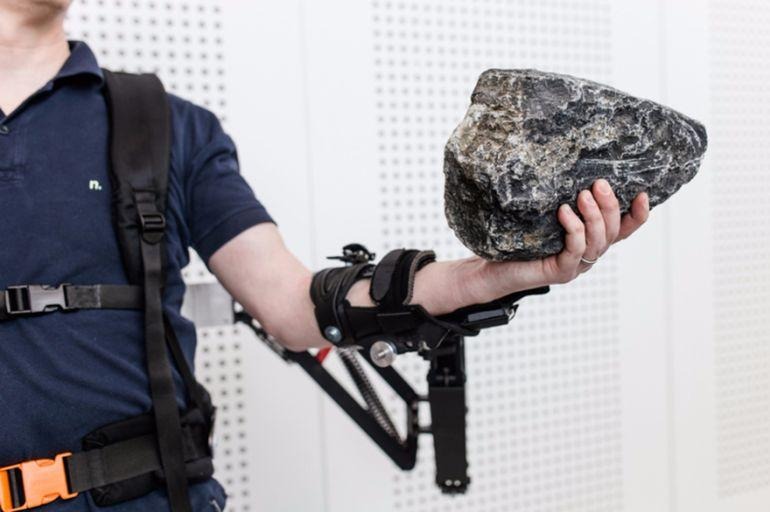Robo-Mate Exoskeleton Gives Industry Workers A Hand
They actually give them two hands, two legs, and superhuman strength. Sort of. Dubbed as the first industrial exoskeleton, the Robo-Mate aims to literally take a load off labor workers shoulders, backs, and limbs and help them get through the most strenuous parts of their job. Although it's still a long way to go before a finished product is ready, the exoskeleton already shows promise, bringing a bit of robotics into the workplace without threatening to displace humans as the primary actors of the industry.
Exoskeletons are nothing new, but until today they have been mostly the purview of military ops and rehabilitation centers. While those use cases are equally important, it seems that industrial workers have been left out of the party This is quite unfortunate considering they are the ones who need it the most. The stress and risks put on human bodies still pose a real danger and problem to the industry, and sometimes robots just aren't enough.
Sure, automation can actually reduce the amount of work that needs to be performed by humans, which also brings about fears of being made redundant. However, there are certain tasks that robots today are still unable to handle, mostly those that require more unpredictable motion or those whose scale just doesn't justify an expensive robot. In those cases, a mix of human skill and robotic strength is needed. And no, we're not talking about cyborgs.

Robo-Mate is practically made of three module groups, supporting each other but each focusing on a particular body part and purpose. The arm modules supports the wearer's arm when lifting heavy objects, making them feel weigh a tenth of their normal weight. The trunk module supports the back to prevent spine injuries. The leg modules don't make workers jump higher. They support the legs by turning into makeshift seats when the wearer squats.
Robo-Mate was born as a project made up of 12 research institutes and companies in 7 European companies. It had its demo of the first prototype last June 12 but the story is far from over. It is, after all, still a prototype and they haven't even gotten past the safety requirements stage. They say they're not trying to make super heroes, but once the cat is out of the bag and has gone commercial, what's to stop anyone from becoming one.
SOURCE: Gizmag
